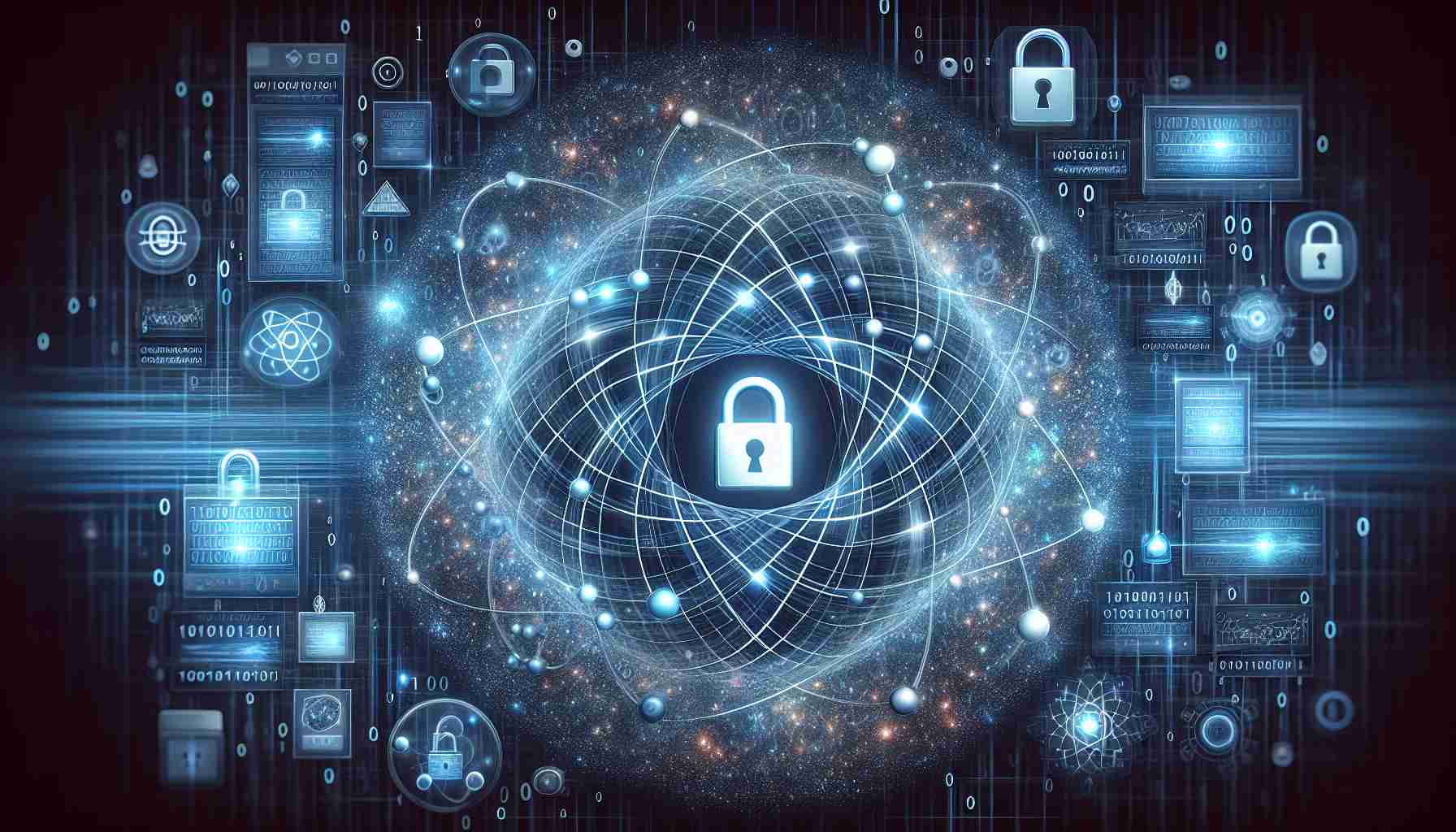- Nimeshkumar Patel has developed a patent-pending protocol that utilizes quantum entanglement for secure data transmission.
- This protocol offers real-time threat anticipation and is more secure than traditional cryptographic methods.
- It has significant implications for industries needing high levels of security, such as healthcare, finance, and government.
- Patel’s book, Architecting the Future, explores advanced networking technologies, including his quantum cryptography insights.
- His contributions earned him international accolades and recognition as a leading figure in cybersecurity.
- The Quantum Entanglement protocol represents a major step forward in enhancing global digital security against advanced threats.
In a stunning breakthrough for network security, Nimeshkumar Patel, a renowned cybersecurity expert and author, has been awarded a U.S. patent for his innovative Quantum Entanglement-Based Secure Routing Protocol. This groundbreaking technology promises to change the way data is transmitted and safeguarded in our hyper-connected world.
Imagine a communication channel so secure that it anticipates and neutralizes threats in real-time. Patel’s protocol harnesses the power of quantum mechanics, specifically the mysterious phenomenon of entanglement, to create highly secure connections that are impervious to interception. This method far surpasses traditional cryptography, offering a revolutionary layer of protection for sensitive data in industries such as healthcare, finance, and government.
The impact of Patel’s work extends beyond the patent. His book, Architecting the Future, serves as a guide to advanced networking technologies, including quantum cryptography, equipping readers with the knowledge to navigate the future of secure communications.
Patel’s contributions have earned him global accolades, including the prestigious Global Recognition Award. As he shares his insights as a keynote speaker at international conferences, it’s clear that his pioneering vision is shaping the future of network security.
As we face sophisticated cyber threats, Patel’s Quantum Entanglement protocol signifies a crucial advance in the battle for digital safety. This innovation not only illustrates the immense potential of quantum technologies but also provides a tangible solution that enhances our global security infrastructure.
Discover how this revolutionary technology can redefine your understanding of cybersecurity and what it means for our digital future!
Revolutionizing Cybersecurity: The Quantum Revolution is Here!
Overview of the Quantum Entanglement-Based Secure Routing Protocol
Nimeshkumar Patel’s groundbreaking invention, the Quantum Entanglement-Based Secure Routing Protocol, leverages the principles of quantum mechanics to create unprecedented security in data transmission. This protocol utilizes quantum entanglement, an intricate phenomenon where particles become interconnected in such a way that the state of one instantly influences the state of another, regardless of distance.
Key Features and Innovations
1. Real-Time Threat Anticipation: The protocol is designed to detect potential cyber threats as they emerge, responding instantly to neutralize risks before they can cause harm.
2. Unbreakable Security: Unlike traditional cryptographic methods that can be ultimately broken with enough computational power, this quantum technology offers a level of security that fundamentally alters the landscape of data protection.
3. Cross-Industry Applications: Applicable across various industries, including healthcare, finance, and government sectors, this technology can safeguard sensitive information from potential breaches.
Pros and Cons
Pros:
– Enhanced Security: Protection from interception thanks to the unique nature of quantum mechanics.
– Immediate Response: The ability to neutralize threats immediately as they are detected.
Cons:
– Technological Complexity: Implementation may require advanced understanding and infrastructure investments.
– Current Limitations: The practical usage of quantum systems is still emerging, and widespread deployment may face challenges.
Market Forecast and Trends
The demand for security solutions in the face of increasing cyber threats is rising rapidly. According to market analysis, the global quantum cybersecurity market is projected to grow substantially, with a significant CAGR in the coming years. Experts predict that innovations such as Patel’s protocol will fuel this growth, emphasizing the continuing evolution of cybersecurity measures.
Use Cases
– Finance: Secure online transactions and protection of sensitive customer data.
– Healthcare: Safeguarding patient records and sensitive healthcare information from evolving threats.
– Government: Ensuring secure communication channels for classified information.
Limitations
While the promise of quantum security is vast, there are notable limitations currently, including:
– Resource Intensive: The deployment of quantum technologies can be expensive and requires specialized knowledge.
– Integration Challenges: Existing systems may struggle to integrate with new quantum methods.
Pricing and Accessibility
As of now, specific pricing details for services utilizing Patel’s protocol are yet to be established, as the technology is still in developmental phases. However, as quantum technologies become more mainstream, competitive pricing is anticipated.
Security Aspects
Patel’s protocol represents a fundamental shift in the approach to cybersecurity. By prioritizing quantum mechanics principles, it brings forth methods that can potentially stay ahead of not just current, but also future cyber vulnerabilities.
Predictions for the Future
Experts anticipate continued advancements in quantum computing and cybersecurity, with Patel’s contributions paving the way for a new standard in digital safety measures. Future innovations may lead to even more robust, user-friendly applications for businesses and individuals alike.
Frequently Asked Questions
Q1: How does quantum entanglement make data transmission secure?
A1: Quantum entanglement allows changes in the state of one particle to immediately affect its partner, which means any eavesdropping would alter the state of the particles, alerting the transmitting parties of a breach.
Q2: What industries can benefit from this technology?
A2: Industries such as finance, healthcare, telecom, and government sectors can greatly benefit from enhanced security and real-time threat detection.
Q3: Is quantum secutity expensive to implement?
A3: Initial costs can be high due to the complexity and technology required, but long-term benefits and reduced breaches may offset these costs.
For further insights into the implications of quantum technologies in cybersecurity, visit NIST for more information.











